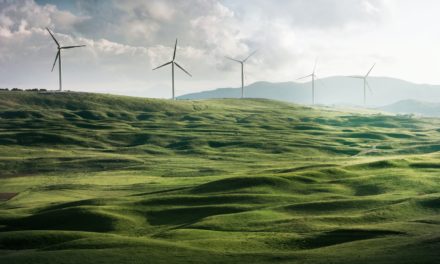Natural cork is one the most versatile and practical materials on the planet. It’s used in everything from wine stoppers to high fashion items to building materials. Natural corkIt can also be used as insulation for the spaceship.
Despite the multitude of uses cork can be used for, there is still much confusion as to where and how much cork it comes from. Contrary to popular belief, cork is plentiful. The trees are not cut down during harvesting. Cork oak bark regenerates every nine-years, just like sheep’s shorn wool.
The annual cork oak harvest is the first step in the journey of cork from raw material to finished product. It takes place in late spring or summer. Highly skilled debarkers remove the bark from cork oaks and safely harvest them. A cork tree typically has 90-130 pounds of cork bark removed when it is harvested.
The cork oak is unique in that its bark can be regrown with a smoother texture. Each oak can live for up to 200 year. Oaks must be at least 25 years of age to harvest their first oaks. After that, they can be harvested approximately every nine years.
Bark from the first and second harvests can also be used for flooring, insulation, and other industrial products. The bark from the third and subsequent harvests is perfect for making wine stoppers.
Cork harvesting has many economic benefits. Debarkers are some of the most highly paid agricultural workers anywhere. According to the World Wildlife Fund more than 100,000 people live in the Mediterranean Basin and depend on cork forests for livelihoods. The environment also benefits from cork forest management and harvesting. Cork groves provide refuge for over 200 species of animals and 135 plants, and help to reduce greenhouse gas emissions.
“The Mediterranean cork forests are recognized to be one of the most important ecosystems in the world for preserving biodiversity, creating jobs and addressing climate change,” says João Rui Ferriera, President of the Portuguese Cork Association. “The annual harvest helps ensure that the forests continue to thrive and benefit both the planet and people.”












